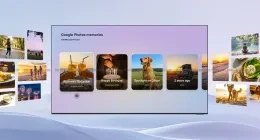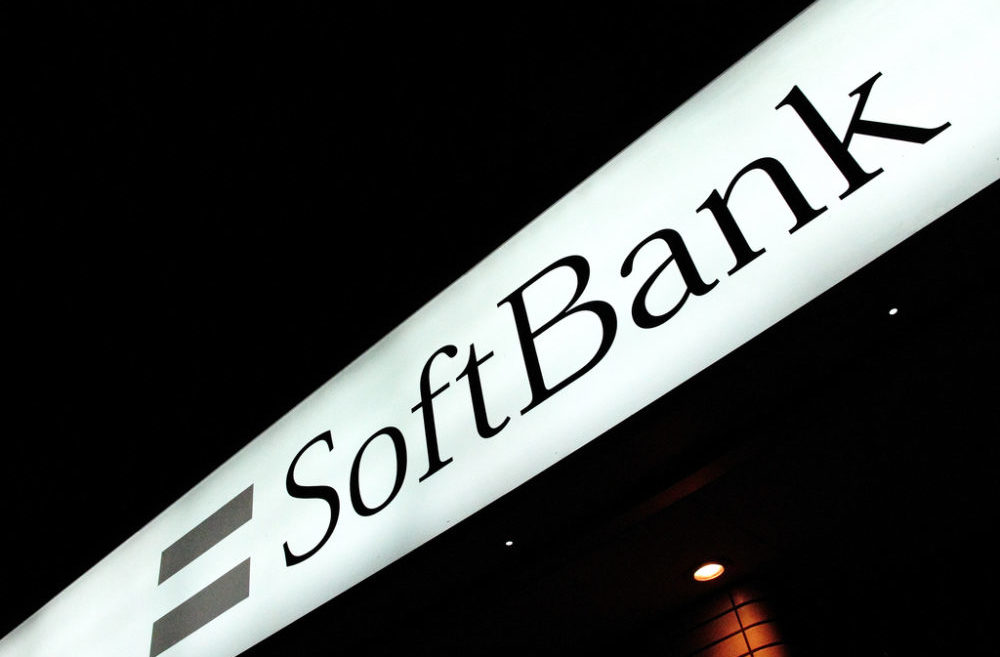If you’ve been direly waiting to map your room in 3D and experience it in VR, then you can expect your dreams to materialise sooner than expected. Lenovo had given us a peek at the first-ever Tango-powered consumer smartphone — Phab 2 Pro — at its Tech World conference earlier this year but the device still hasn’t made its way to the consumers yet. It was initially slated to make a debut by the end of summer, but the company quietly pushed the release to fall — with changes made on the product page.
But it now seems that the company has sorted out the minor quirks that delayed the launch of the device last month. It is finally ready to make its Tango-powered smartphone available for purchase in November, according to Google’s VR head Clay Bavor. He confirmed the same to CNET during the Pixel launch event in San Francisco yesterday. This release also falls in line with the launch of the newly released Pixel smartphones, which will go on sale the next month.
For those who’re unaware or have simply forgotten about Tango or the Phab 2 Pro, let’s take brief look into both the technologies. Tango, previously known as Project Tango, is Google’s take on bringing augmented reality close to consumers by packing an array of sensors and depth-sensing cameras into a hand-held device. The aim of the tech is to give you the power to map your surroundings and create an accurate 3D model of the same.
Lenovo, which has close ties with Google, managed to take this technology, compress its size and make it available to the public in a comfortable 6.4-inch phablet christened the ‘Phab 2 Pro’. To make the technology work, the device packs in a standard 16MP sensor joined by an depth-sensing IR camera and a motion tracking camera. These form the backbone for Tango’s motion tracking, area learning, and depth perception tech.
To power the hefty camera abilities of the Tango, the smartphone comes equipped with a 6.4-inch QHD display, Snapdragon 652 processor(optimized for Tango), 4 gigs of RAM, 64 GB of on-board storage, and a humongous 4,050 mAh battery pack.
I’d like to make this extremely clear that unlike the newly released Pixel smartphones, the Lenovo Phab 2 Pro isn’t compatible with the Daydream VR(and View) platform as it doesn’t feature an AMOLED display. Bavor also talked about the amalgation of the two technologies — Daydream+Tango — into one feature-packed device, but said that it is an aim for the future which is still a bit further out.
We now expect Bavor’s prediction to be right, and hope that Lenovo won’t delay the launch yet again. Once available, the Phab 2 Pro will cost you $499.
The Tech Portal is published by Blue Box Media Private Limited. Our investors have no influence over our reporting. Read our full Ownership and Funding Disclosure →






